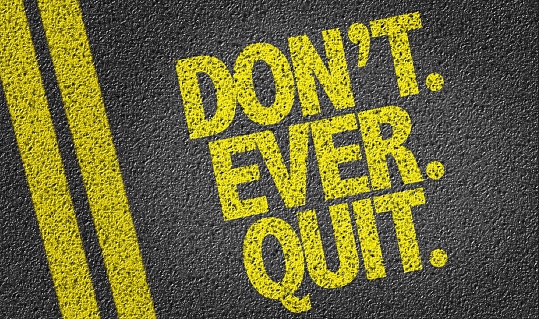One of the primary objectives of any marketing campaign you run has nothing to do with selling your product or service. While these will always be important, equally necessary is your ability to sell yourself as a company. People want to know more about the people who work in your business and the values and ideals that you have. They want to be able to look at you as an authority. Pulling back the curtain and providing a "backstage" glimpse into your product or service is one of the single, best ways to accomplish both of these things at the same time.
The Benefits of the Backstage Approach
One of the major benefits of this type of "backstage" approach is that it helps position you as a true authority on a particular topic. It’s one thing for you to SAY that a product performs X, Y, and Z functions – it’s another thing entirely to prove it by providing an unprecedented look into the design and development process. You can shed insight on your decision-making process, for example, helping them to not only SEE what your product does but WHY.
Taking a "backstage" approach to marketing also helps to strengthen the intimate, organic connection you’re able to create with your target audience – thus helping to build brand loyalty. Think about it from the perspective of the entertainment industry, as celebrities, in particular, are masters at this. DVDs are filled with hours of special features outlining how a scene was shot, how a script was written, how a special effect was pulled off and more. This instantly makes something that cost hundreds of millions of dollars to make seem smaller and more intimate, while letting audiences take their experience to a whole new level at the same time. Providing a similar look into your own operation will have the same effect for you, too.
Pulling Back the Curtain
Unless you’re launching a product that is shrouded in complete secrecy, you can start pulling back the curtain pretty much right away. Even if it’s something as simple as updating a weekly blog post with sketches, schematics, and other materials from the research and development phase, this will go a long way towards increasing transparency across the board. Have employees talk about the specific work they’re doing on a daily basis and how even though they’re all working separately, they’re all contributing to a larger whole.
This startlingly simple approach helps to close the gap in between business and customer, making a customer actually feel like they’re a natural part of the process. When you combine this with all of your other marketing techniques, you’re looking at a striking amount of loyalty built just from publicizing activities that were already going on behind closed doors anyway.
These are just a few of the many reasons why providing a "backstage" glimpse can help bring your product or service to life. Not only does it help provide a valuable context to the particular product or service that you’re trying to sell, but it also helps build a strong, positive impression of your company. People will stop seeing you as a faceless entity and will start looking at you more like the living, breathing, hardworking people that you really are. This will only deepen the connection that you have with your target audience and make interaction more meaningful in the future.




